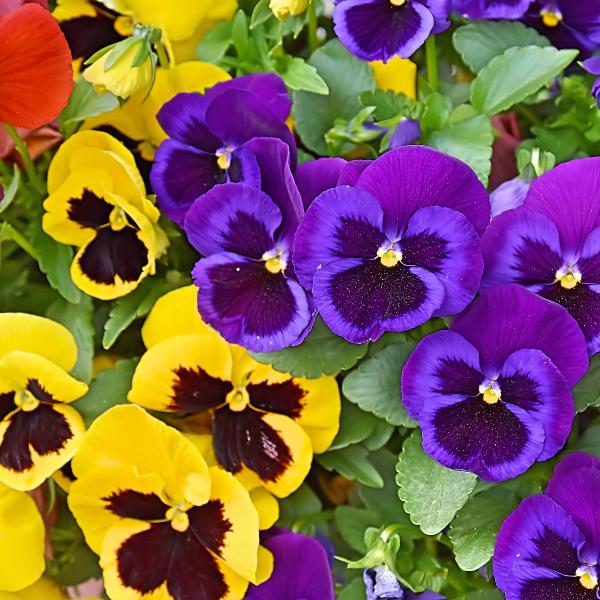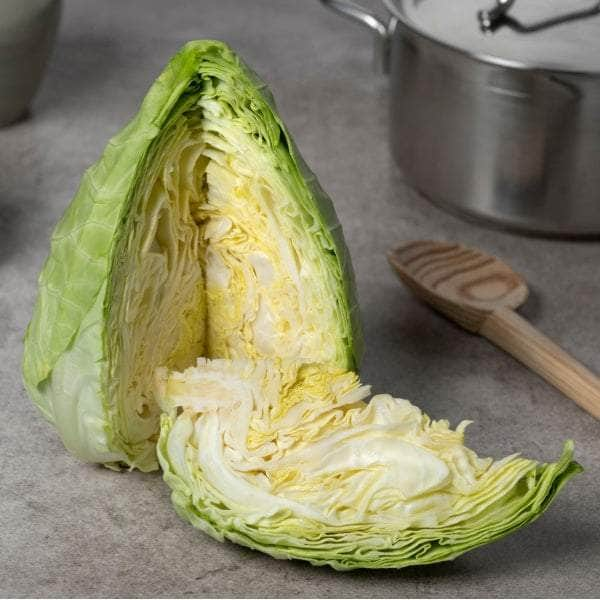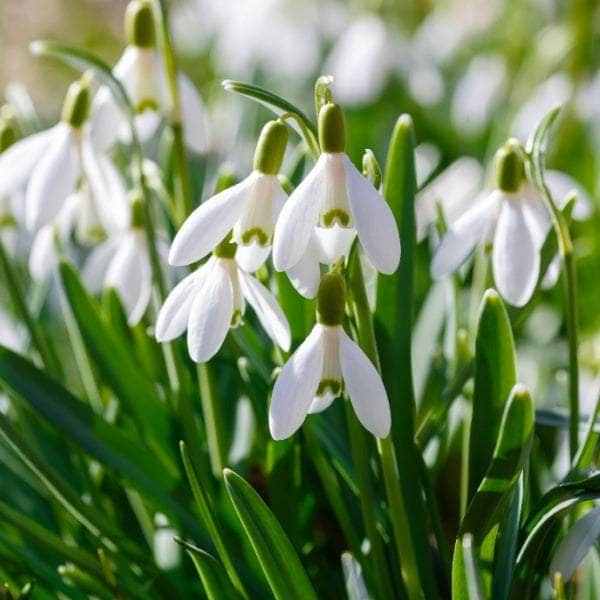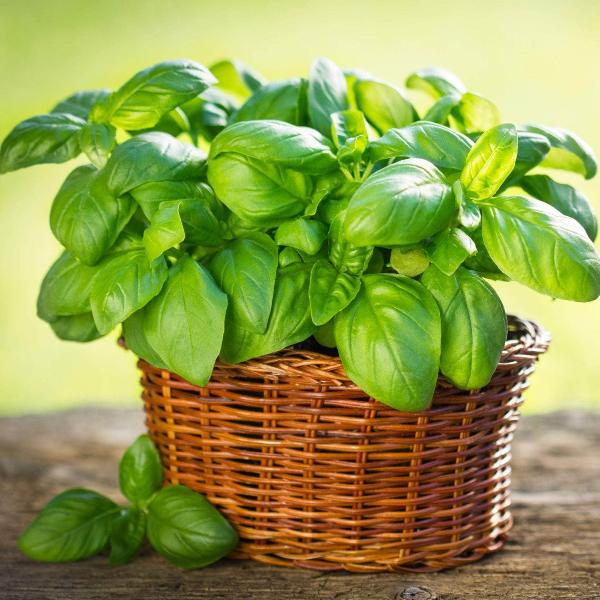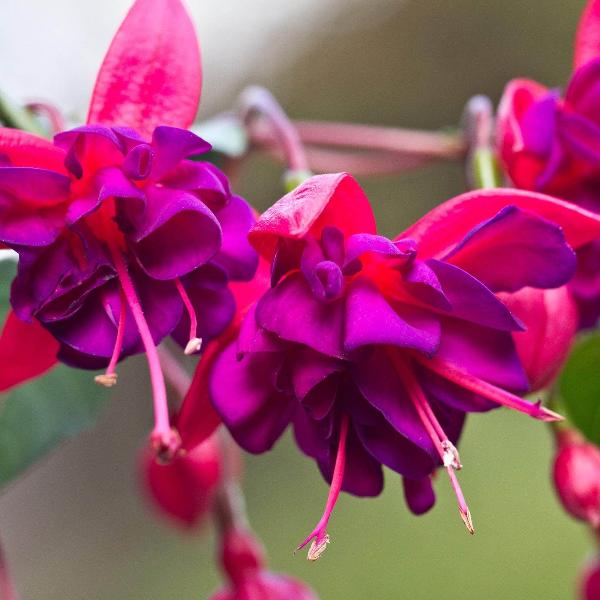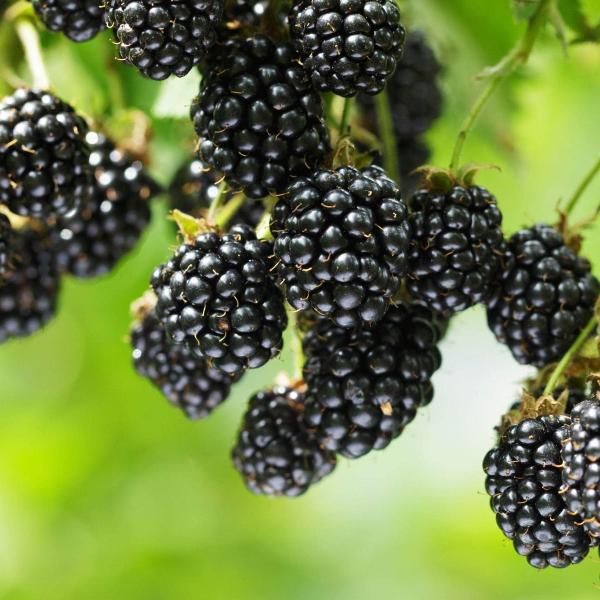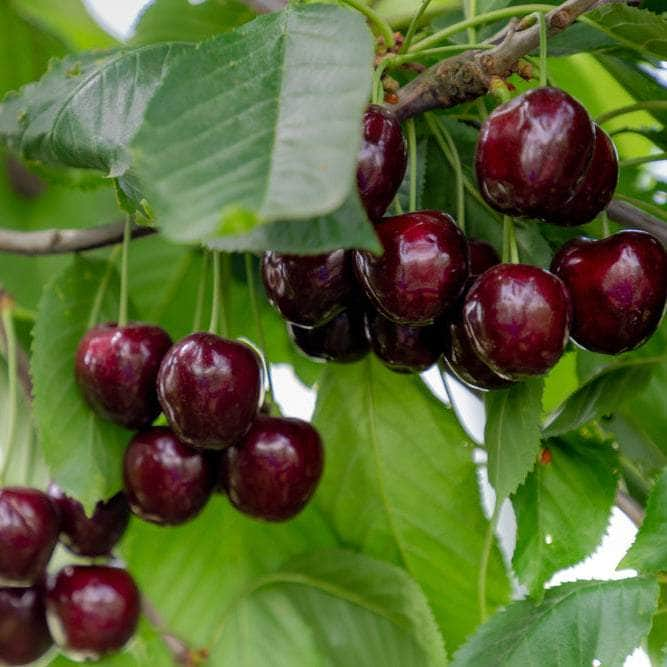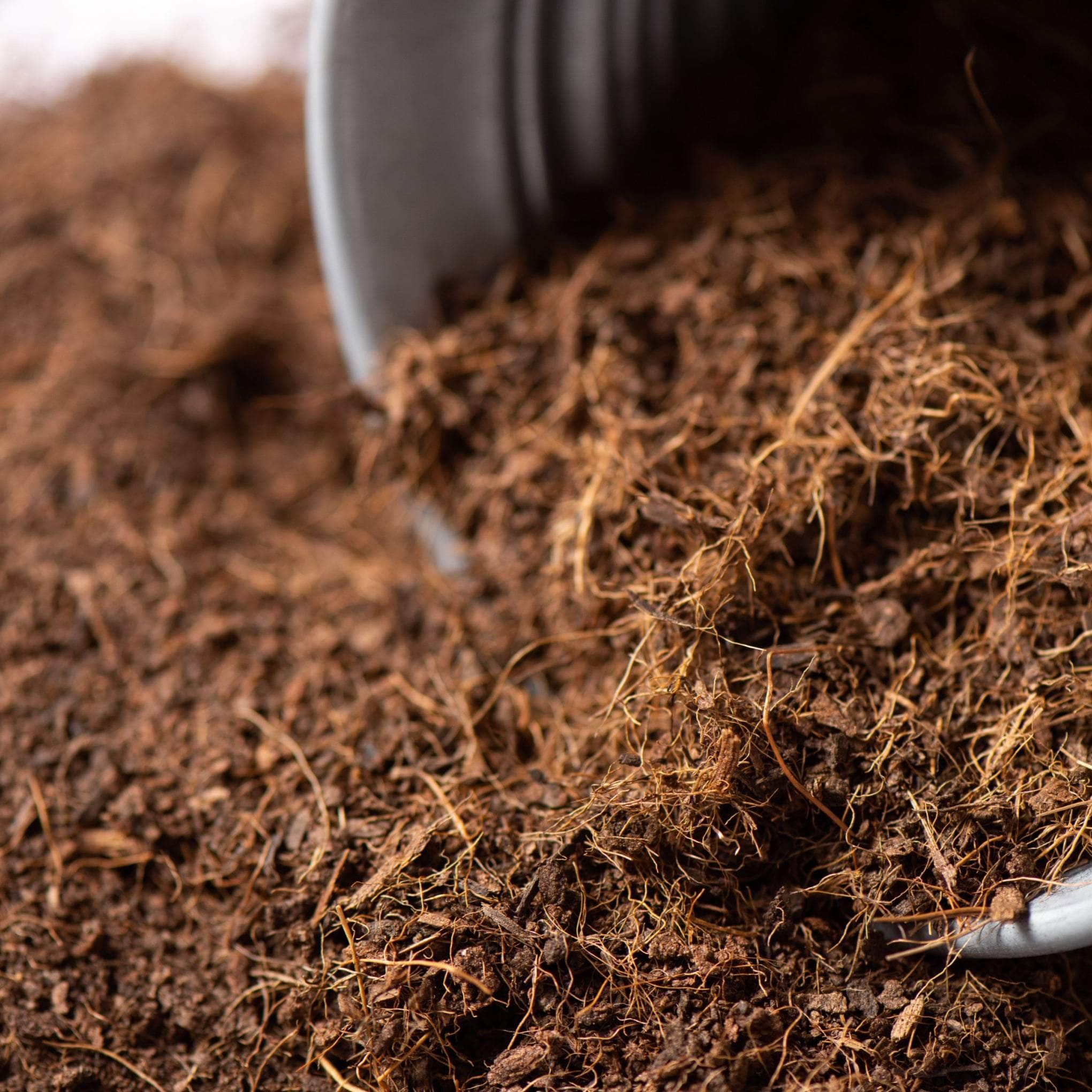The Ultimate Guide to Growing Broad Beans
Welcome to our comprehensive guide on how to grow broad beans, a garden favourite that's as rewarding to cultivate as it is delicious to eat. Whether you're a seasoned gardener or a green-fingered novice, this guide will provide you with the knowledge and techniques to successfully sow, grow, and harvest your own broad beans. We'll delve into the fascinating world of broad bean varieties, exploring their unique characteristics for identification and helping you choose the right variety for your garden.
From the vibrant broad bean crimson flower to the hardy dwarf variety, there's a broad bean to suit every garden and palate. But that's not all. We'll also guide you through the process of sowing your broad beans, whether in pots or modules, in the ground, or even in cold areas.
We'll discuss the benefits of sowing in autumn versus early spring, and provide a year planner to help you time your sowing and harvesting perfectly. So, let's start your broad bean journey together. Welcome to the gardeners' world of broad beans.
Understanding Broad Bean Varieties

Diving into the world of broad beans can be an exciting journey. With a plethora of varieties to choose from, each with its unique characteristics, it's like embarking on a botanical adventure. This section aims to guide you through the process of understanding broad bean varieties, from the towering Broad Bean Crimson to the compact dwarf variety.
Whether you're a seasoned gardener or a novice, understanding the different types of broad beans can help you make an informed decision about which variety to grow in your garden. This knowledge can also enhance your appreciation for this versatile veg, making your broad bean harvest even more rewarding.
Identifying Different Broad Bean Varieties
The world of broad beans is expansive and fascinating, with varieties stretching across the globe. Understanding them is the first step to succeeding in growing them. The bean universe is marked by distinct characteristics that set one broad bean variety from another.
In the heart of this are the eye-catching Broad Bean Crimsons, a tall, hardy, and versatile type known for their striking crimson flowers. Broad Bean Crimsons are more than just a lovely sight, as they produce a bountiful harvest that is perfect for any vegetarian diet due to its rich protein content.
Then, we have the Dwarf varieties, small but mighty in comparison. Despite their size, they yield a remarkable amount of beans, making your gardening endeavour worth every minute. These varieties display a level of hardiness making them suitable for autumn planting. Identifying these varieties involves understanding the characteristics of each, so you're well equipped to choose the right bean variety for your garden.
Choosing the Right Variety for Your Garden
A well thriving garden flaunting superb broad bean varieties pivots on the careful selection of beans that fits your garden environment. Depending on your garden setup, you might consider choosing either tall, hardy, or dwarf varieties for the most rewarding broad bean harvest.
For sun-drenched spaces or limited areas, such as pots, dwarf varieties like 'The Sutton' are ideal, as these plants don’t grow too tall. They are also particularly suitable for windy conditions or if you're growing your broad beans in tall raised beds. Hardy varieties are known to withstand adverse weather and yield a good crop.
Flower fanatic? Then the 'Crimson Flowered' variety is your go-to. These plant not only produce a delicious crop but also feature stunning crimson blooms that add vibrant colour to your garden space. In addition, varieties like the 'Aquadulce Claudia' are perfect for autumn sowing, ensuring your growing broad bean experience remains dynamic across seasons. The choice finally cuts down to your liking, garden conditionalities and eventually, the gastronomic flavour you desire.
How to Sow Broad Beans

Sowing broad beans is a rewarding process that requires a bit of knowledge and preparation. This section will guide you through the process of how to sow broad beans, from preparing the soil to the actual sowing techniques. Whether you're a seasoned gardener or a beginner, these tips will help you get the most out of your broad bean crop.
Broad beans are a versatile crop that can be sown in both autumn and spring, depending on your climate and soil conditions. They are also adaptable to different sowing techniques, whether you prefer to sow directly in the ground or start your beans in pots or modules. Let's delve into the details.
Preparing the Soil for Sowing
Sowing broad beans necessitates a well-prepared soil bed that caters to the vital attributes of the roots. A successful root system is key in the life of a broad bean plant and begins at the sowing stage. The soil should be fertile, relaxed, and well-drained, with a good amount of compost mixed in.
In cold areas, it's recommended to sow in autumn, as broad beans thrive in the cold and wet, developing a strong root system before the damaging and desiccating summer temperatures. The seeds can be directly sown outside, with the beans embracing the cold as an influence to grow strong.
It's crucial to ensure the soil is moist but not waterlogged as beans are vulnerable to rot. If using pots or modules to start your broad beans, the same principles apply. Aim for deep modules that allow root development without too much disturbance, aiding a young plant's transition from pot to soil.
Sowing Broad Beans in Autumn vs Spring
Broad beans, also known as fava beans, are a hardy crop that have two optimal sowing times: autumn and spring. The key here is understanding the advantages of each before deciding when to sow.
When considering how to sow broad beans, autumn sowing presents a significant advantage if you are seeking an early harvest. Hardy varieties of broad beans like 'Aquadulce Claudia' can be sown as early as October or November, potentially providing you with a crop as early as May the following year. However, keep in mind that autumn-sown beans might be at more risk of rotting if you have a cold area or if the soil is heavy and clayey.
If you're a first-time gardener or would rather play it safe, spring sowing is generally more reliable. From February to April, you can sow your broad beans for a summer harvest. This timing can also be beneficial if your area has a high mouse population, as these critters enjoy munching on the seeds.
Sowing Techniques for Broad Beans
Soak the Seeds: Kick-start germination by submerging broad beans in water for a day. This helps to identify any dud seeds that won't sprout, which can save you valuable growing space.
Use Root Trainers or Toilet Rolls: If you want to maximise your success rate, consider using root trainers or toilet roll innards. You can sow the seeds directly into these, then transfer to your prepared beds frames or pots once they've sprouted.
Positioning Your Beans: When planting, keep an eye out for the dark spot or 'eye' on each seed. Position this towards the bottom as you place your seeds into their new home.
Spacing the Beans: Remember to keep a healthy distance between each seed, ideally around 20-25cm apart. This gives each plant enough room to develop a robust root system and plenty of leafy growth.
Supporting Your Growing Plants: If you're planting directly outdoors, consider building your support structure beforehand. A double row of slanted canes or a sturdy wigwam design can work wonders for keeping your broad beans upright and flourishing.
Growing Broad Beans Successfully

Growing broad beans successfully is a rewarding endeavour that requires a blend of careful planning, diligent care, and a touch of gardening know-how. This section of our guide will walk you through the essential steps to ensure a bountiful harvest. From understanding how to care for your broad bean plants, to providing them with the right support, and finally, knowing when and how to harvest your beans, we've got you covered. So, whether you're a seasoned gardener or a beginner looking to grow your first crop, let's dive into the world of broad beans together.
Caring for Your Broad Bean Plants
A successful broad bean crop requires diligent care. In the initial stages of growth, ensure that your broad beans stay sufficiently hydrated, but beware of overwatering. Broad beans lament being excessively dry, hence, methodical deep watering, targeting the soil rather than the plant itself, can help to maintain this fragile balance. This is especially critical during hot weather when you should water daily, preferably during the cooler parts of the day to evade evaporation.
Whilst caring for your plants, be cautious of weeding activities. Broad beans possess surprisingly shallow root systems which are easily damaged when extricating weeds, such as dandelions. This delicate approach extends to treating a common problem faced by broad bean growers: black-fly or aphid infestations. A recommended remedy is spraying the invaders with a jet of water, pinching out the tops of infested plants, or planting nasturtiums nearby to divert attention away from your beans.
Supporting Your Broad Bean Plants
In your journey of cultivating broad beans, a crucial step is giving them effective support. Broad bean plants, especially taller varieties, need a robust support system to stop them from collapsing under their own weight. This protective measure becomes particularly vital in windy gardens where gusts could easily cause them to flop.
It is incredibly beneficial to install your support structure before you even plant your beans. This foresight ensures that you are not struggling to put in bamboo canes or trellis when they have already started growing and are beginning to flop. Grow on, gardeners of the world!
Harvesting Your Broad Beans
Harvesting your broad beans is as engaging as growing them from seed. Begin the harvest when the bean pods are noticeably swelling on the inside. Waiting for the beans to mature to a substantial size increases its flavour profile, developing the characteristic broad bean taste. Yet, be alert not to leave them growing for too long. When broad beans exceed the size of a thumbnail, they tend to develop a cotton-like texture, which isn't favoured by many.
Bigger and tougher beans aren’t a waste, however, and can be nurtured for different culinary experiments. The beans can be podded, boiled and removed from their inner skins, which makes for a fascinating task. These 'more prominent-than-usual' beans can be conjured into an attractive salad or blended into a delicious houmous.
Broad beans are nitrogen-dense, thus making it a giant in the realm of legumes. Leaving the plants in the ground post harvest would only do your soil good as it increases the soil's nitrogen levels perceptibly. The following year plants that would grow on this treated soil are bound to enjoy the benefits of the nitrogen enhanced soil.
Common Pests and Diseases in Broad Beans

Growing broad beans can be a rewarding experience, but like all plants, they are susceptible to a variety of pests and diseases. In this section, we'll delve into the common pests and diseases that can affect your broad bean plants. Understanding these threats is the first step towards ensuring a healthy and bountiful harvest.
From the pesky black bean aphid to the less harmful pea and bean weevil, we'll explore how to identify these pests and diseases. We'll also discuss the best practices to prevent and treat these issues, ensuring your broad beans thrive in your garden.
Identifying Common Pests in Broad Beans
Blackfly / Black Bean Aphid: These pests multiply on young, soft shoot tips in spring, causing potential stunting of your broad bean plant's growth.
Pea and Bean Weevil: Recognisable by their brown colour and snout-like noses, these weevils are slightly more of a nuisance than a serious threat. Their larvae feed on root nodules while adult weevils consume the leaf edges.
Early identification and action is key to ensuring the health and bounty of your broad bean crop. Keep a keen eye on your plants and respond promptly to signs of pests.
Identifying Common Diseases in Broad Beans
Here are common diseases you might come across while tending to your broad beans:
Broad Bean Chocolate Spot: This is a fungal infection that results in reddish-brown spots all over the plant. It's prevalent on autumn-sown plants or those in damp, humid weather conditions.
Dryness: Broad beans abhor complete dryness. If not watered correctly, the beans may fail to thrive. They need deep watering around the soil area, especially during hot conditions.
Mildew: If white spots appear on the leaves, accompanied by a crinkling effect, it might be mildew. This can be managed by cutting out the affected areas and not wetting the leaves while watering.
Preventing and Treating Pests and Diseases
Prevention and Treatment of Pests and Diseases are crucial when you strive to grow broad bean plants successfully. One common pest, the black bean aphid, often multiplies into dense colonies on the young, tender shoot tips of your bean plant, potentially stunting growth. An initial tactic to tackle this would be to pinch out these tender shoot tips once the first flowers appear, helping to substantially reduce this problem. Incorporating pollinator-friendly plants in the vicinity can also aid in maintaining an ecological balance by attracting beneficial aphid predators like ladybirds.
Next on the list of pests is the pea and bean weevil. While it does add to the challenges of gardening, it rarely turns into a significant problem in the garden. The adults climb up the plants and eat the edges of the leaves; however, the damage is largely cosmetic and does not threaten plant life, except in severe infestations. A simple remedy here is manually picking off any visible beetles.
Final Thoughts on Growing Broad Beans

In conclusion, growing broad beans can be a rewarding endeavour for any gardener. With the right knowledge and techniques, you can cultivate a healthy and bountiful harvest.
From understanding the different broad bean varieties to knowing how to sow and care for your plants, every step is crucial in ensuring a successful yield.
Remember, the key to a thriving broad bean plant lies in the details - the right soil preparation, the appropriate sowing techniques, and the timely care and support. And when it comes to pests and diseases, prevention is always better than cure.
So, whether you're a seasoned gardener or a beginner, don't hesitate to dive into the world of broad beans. With patience and persistence, you'll soon be enjoying your own homegrown broad beans.
Happy gardening!




